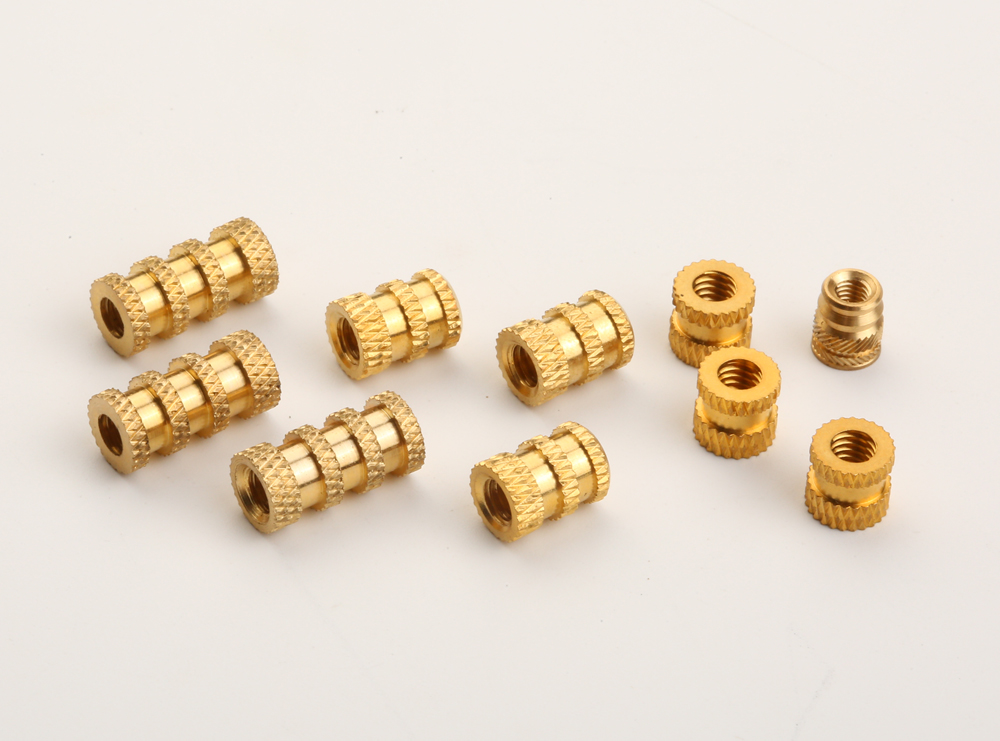In lathe boring operations, the taper defect where the inner hole is "large outside and small inside" (i.e., larger at the hole opening and smaller at the hole bottom) is a typical machining flaw. This not only affects the dimensional accuracy and assembly of the hole but also indicates unstable factors in the process system. To solve this problem, a systematic approach from three dimensions—cutting tools, processes, and machine tools—is required.

1. Enhance Tool System Rigidity to Overcome "Tool Deflection"
In internal hole turning, the primary cause is the long overhang and insufficient rigidity of the tool holder. During cutting, radial cutting forces cause elastic deformation of the tool holder, resulting in "tool deflection". Closer to the hole opening, the tool holder overhang is shortest, rigidity is best, and the actual cutting depth is most accurate; deeper into the hole, the overhang becomes longer, deformation increases, and the actual cutting depth decreases—leading to a smaller hole diameter.
Solutions:
- Choose a thicker tool holder: Under the premise of meeting the hole depth requirement, select a tool holder with the largest possible diameter—this is the most effective measure.
- Lower the tool tip height: Adjust precisely to ensure the tool tip is strictly aligned with the workpiece rotation center; a slightly lower position will exacerbate "tool deflection".
- Use sharp inserts: Adopt sharp inserts with minimal wear to reduce cutting resistance.
2. Optimize Cutting Parameters and Tool Path
Unreasonable cutting parameters can amplify cutting forces and worsen system deformation.
Solutions:
- Reduce cutting depth: Appropriately lowering the unilateral cutting depth (ap) can significantly reduce radial cutting forces.
- Adjust feed rate: Under the premise of ensuring chip breaking, the feed rate (f) can be appropriately reduced.
- Change tool path direction: For through-holes, try feeding the tool from the headstock to the tailstock direction (reverse cutting); this can sometimes use cutting forces to straighten the tool holder and improve hole shape.

3. Inspect and Adjust Machine Tool Accuracy
After ruling out tool and parameter factors, the problem may originate from the machine tool itself.
Solutions:
- Check the spindle axis: Use a dial indicator to verify the parallelism between the spindle rotation axis and the machine bed guideway. If the spindle "dips down" (toward the operator), the bored hole will naturally show a "large outside and small inside" taper.
- Check guideway wear: Focus on inspecting the wear of the machine bed guideway near the headstock—this area is used most frequently, and wear here can cause the feed path to slope downward.
In summary, solving the inner hole taper problem is a diagnostic process. Priority should be given to the two most immediately effective measures: "enhancing tool rigidity" and "optimizing cutting parameters". If the problem persists, it is necessary to check the geometric accuracy of the machine tool itself to fundamentally eliminate the fault.